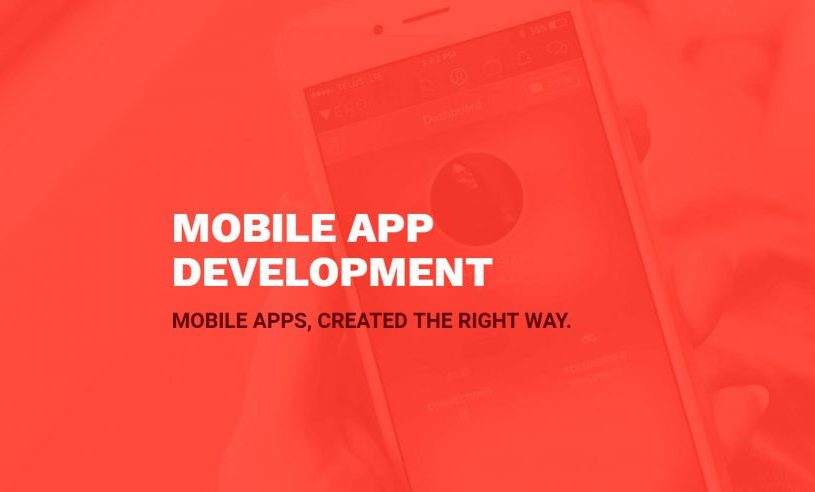Five steps for using app analytics to hit your business goals and numbers
Let me take a guess, you’ve finally launched your app and are ready to take on the mobile world. Sweet! But after a few weeks in the App Store, you’re not quite sure how it’s performing or meeting expectations. So you ask your engineering department to implement an analytics plan after launch. Am I right?
Here’s the problem with that scenario: analytics should not be an after thought and should be planned for in advance. I know, #mindblown.
Something else to consider is that your plan needs to start with your business team to really get the information needed to grow your business. The guys and gals on the business side understand what goals you need to hit and can put together a comprehensive plan of action. After all, the primary purpose of an analytics plan is to help them make better business decisions, so they should be involved in all stages of planning.
So for all you app founders, creators and managers who are trying to better understand your users, this one’s for you. Check out our play-by-play guide to creating and implementing an app analytics plan that will get the results you’re looking for.
Step 1: Marketing 101
Clearly define what your brand is all about in straightforward terms. This verbiage can be used internally and in front of users as well. One great example is Kanvas (@Kanvas) whose tagline sums up what the app does by simply saying “the most creative keyboard in the world.”
Step 2: Ask why
Clearly define the high-level strategy behind why you created an app. Consider this question — what purpose does your app fill to its users? Maybe it’s as simple as your app being an entertaining game on the go, or perhaps something more complex that involves your brand.
Step 3: Great expectations
What are you looking to achieve through your app? Do you have hard sales numbers to hit or require a certain amount of downloads? Define 2–4 mobile tactics, which are business goals that you want to achieve via the app.
Step 4: Measurements
For each mobile tactic, define the key performance indicators (KPIs) that will help you measure whether the specific mobile tactic is working. The KPI’s should reflect your goals.
Step 5: Demographics
For each mobile tactic, define segments by which you can categorize your users so that you can gain deeper insights into user behavior. Figuring out who your high-versus-low value users are and, more generally, if your users are mostly teens, soccer moms, etc. will help you refine your application and plan for more effective marketing efforts.
Tools of the trade
If you’re new to the app analytics world, the best out-of-the-box solution is to start with Google Analytics. It’s 100% free, so you’ll get the most bang for your buck. Check back with us weekly, we’re planning follow-up posts with details about Google Analytics.
Brought to you by your friends at Sneakers. Check us out on Twitter @sneakersagency
Related News

Your Best Choice for an Android App Development Company
Your Best Choice for an Android App Development Company Get a Quote Your Best Choice for an Android App Development...
Read Article
The iOS App Development Company That Gets It
The iOS App Development Company That Gets It Get a Quote The iOS App Development Company That Gets It Reach a wider...
Read Article
